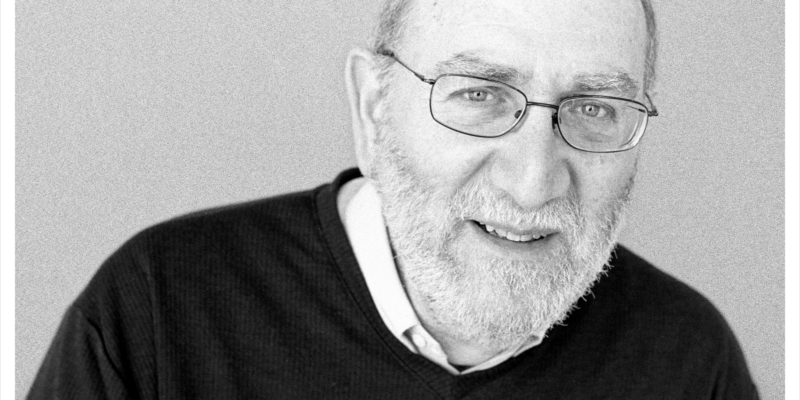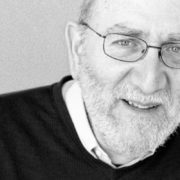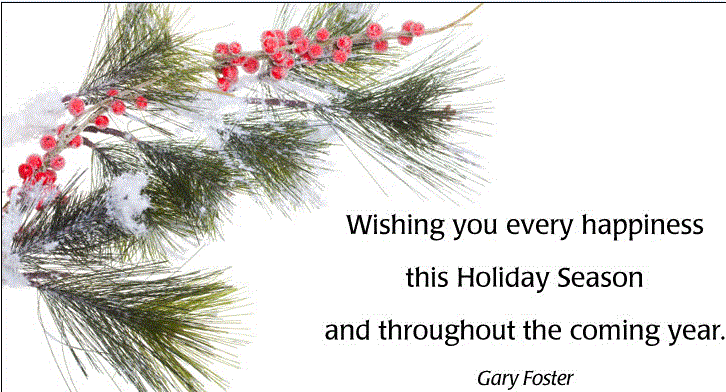Do You Have An “Ism” Holding You Back?

Paul Tasner is 72 – and a happy, energized, first-time entrepreneur, a late mid-life escapee from the grasp of corporate life.
Well, actually, an “involuntary escapee.”
Paul was fired from his position as an industrial engineer at 64. He became an entrepreneur at 66 and is having the time of his life today, at 72, with a successful business manufacturing biodegradable packaging to replace the toxic plastic packaging that is polluting our planet.
I found his story on a podcast with Andy Levine of Secondactstories.org where you can hear more of his story – a story that includes a TED Talk that has gotten 1.7 million views.
Here’s a link to the podcast and one to Tasner’s TED Talk.
An elevator pitch of “isms”
Tasner’s story is a cool one, alright. His elevator pitch is built around three ism’s; entrepreneurism, environmentalism, and ageism. Two provided motivation and a path, the third he overcame.
Through with corporate life and uninspired by a couple of years of consulting, he defied conventional wisdom and ageism to become an entrepreneur pursuing a life-long passion. Today, with one full-time partner and a network of virtual and contract employees and vendors, he has a thriving business mostly operated from home.
Many of us, facing this type of forced transition in our late fifties or early sixties, would enter into a deflated-ego, finger-pointing funk and consider entrepreneurism at that age undoable or, at a minimum, impractical.
I’ve witnessed the usual path taken under these circumstances: an attempt to re-enter the job market with the expectation that one can return to the stature and income just exited.
Ain’t gonna happen!
Hello youth culture, ageism, and a rapidly changing job market.
It’s a time when we face the reality of some “isms” we have operating in our lives.
The biggest and the first to come on stage is our old, persistent friend – ageism, “the last socially sanctioned prejudice.” Those are the words of Ashton Applewhite, writer, activist and author of a seminal book on the topic entitled: “This Chair Rocks: A Manifesto Against Ageism.”
Applewhite makes the point that all “isms” – sexism, racism, feminism, ableism, nationalism, fascism, et.al – are socially constructed ideas. Few carry a positive feel. In fact, the dictionary refers to an “ism” as an informal, derogatory noun and defines it as “a distinctive practice, system, or philosophy” often “denoting a basis for prejudice or discrimination or a pathological condition.”
Maybe that’s what makes Tasner’ use of “isms” as inspiration so unusual. Usually, they are in the way, holding us back, being used as excuses or just blocking us from open-mindedness.
I can think of a few beyond ageism that might fit the roadblock category :
- Egoism
- Nihilism
- Perfectionism
- Pessimism
- Privatism
- Collectivism
- Communism
- Fatalism
- Hedonism
- Socialism
- Cynicism
But not all isms are negative. Here are a few that might work for us:
- Realism
- Positivism
- Self-determinism
- Skepticism (Caution: use carefully. It can morph into cynicism)
- Capitalism
- Conservatism
- Idealism
- Libertarianism
- Nativism
Need definitions? This site www.phrontistery.info/isms.html has 234 different “isms” and definitions. Seriously.
I like that Tasner didn’t let “isms” get in his way and that he went against the grain. He probably could have taken another “settle-for job” at 40-60% less than his last salary.
Or he could have defaulted to an early, under-financed, life-style restricting retirement.
Instead, he developed a “tude” – he refused to let the lack of role models for what he wanted to do get in the way. He fought through a long list of administrative and bureaucratic obstacles to stand his business up. And he is now passionate about wanting to start conversations about the successes happening in this age group.
Go, Paul!!!
He reminds us that:
- The largest number of new businesses started each year in the U.S. are started by folks over 50
- 64% of jobs created in the private sector come from small businesses
- Businesses started by older entrepreneurs have a 70% success rate vs. a 28% success rate for younger entrepreneurs.
I agree with Tasner on another point in his TED Talk. You’ve probably seen the lists for “30 Under 30” or “40 Under 40” in mags like Forbes or Fortune heaping accolades on Gen Y high-achievers for their commercial accomplishments.
What’s not right about having a “70 over 70” or “60 over 60”? Especially, given the aforementioned statistics.
Even mags like Forbes and Fortune make their own subtle contribution to ageism. I’m not holding my breath waiting for that to change.
But I get it. An old fart building a successful business making biodegradable packaging doesn’t have quite the pop or glamour of an Uber, AirBnB, SnapChat, Whatsapp or whatever latest killer app your progeny just downloaded on their phone.
Plus, we don’t look quite as good with a stubble beard and in skinny jeans and t-shirts.
But all that doesn’t matter. Tasner is happy, energized, giving back and combining his accumulated skills and experience to bring a passion to life. A model for the “third age.”
When we are in the “third age of life”, that period between the end of middle-age and true old-age, the “isms” we carry forward can play a big role in filling that age with meaning and purpose.
Just ask Mr. Tasner.
Tasner faced up to quite a few “isms”. What isms might be holding you back? Or which ones have served you well? Scroll down and share your thoughts.




 For a long time, I didn’t much care for a lot of my story. Kinda modest, mottled and messy. Small town Wyoming upbringing, grandson of homesteaders, a late bloomer in nearly every phase of the first half (50 years or so). No notable titles, trophies or tributes. Pretty much a top-of-the-bell-curve sort of story.
For a long time, I didn’t much care for a lot of my story. Kinda modest, mottled and messy. Small town Wyoming upbringing, grandson of homesteaders, a late bloomer in nearly every phase of the first half (50 years or so). No notable titles, trophies or tributes. Pretty much a top-of-the-bell-curve sort of story.
 Or perhaps, lazy is a better word.
Or perhaps, lazy is a better word.


